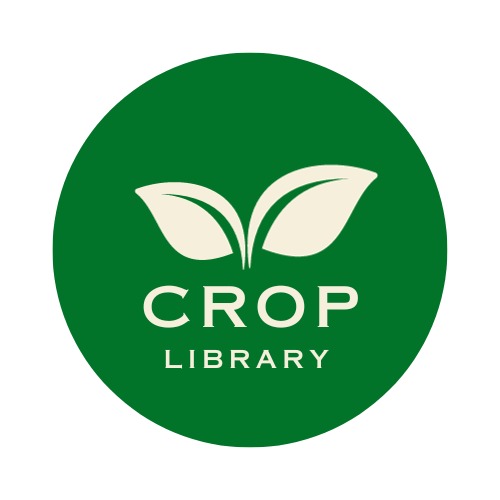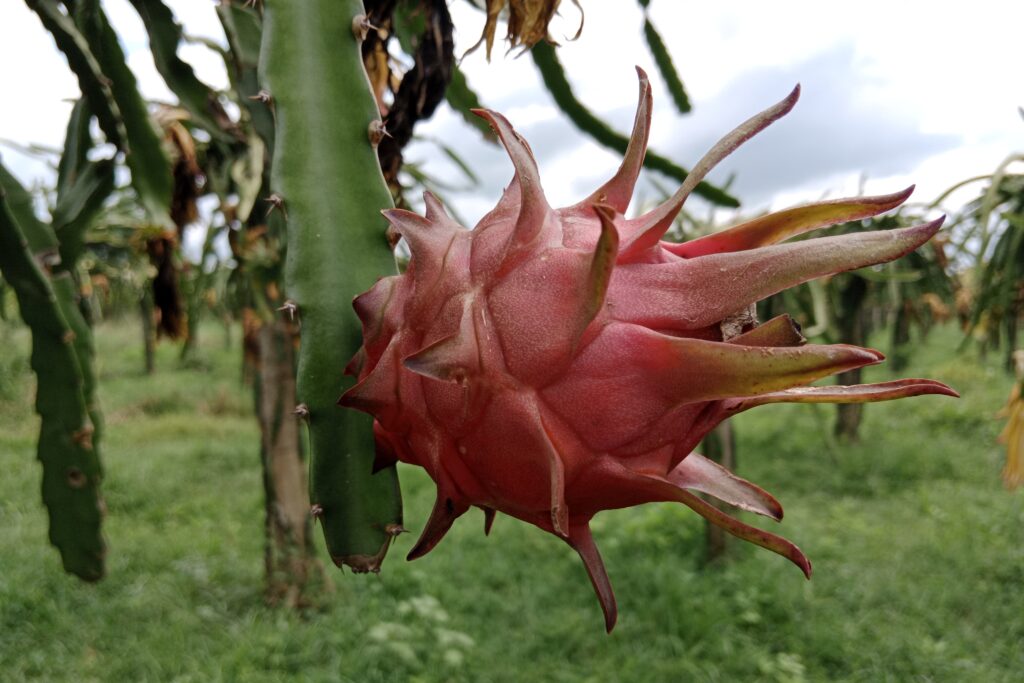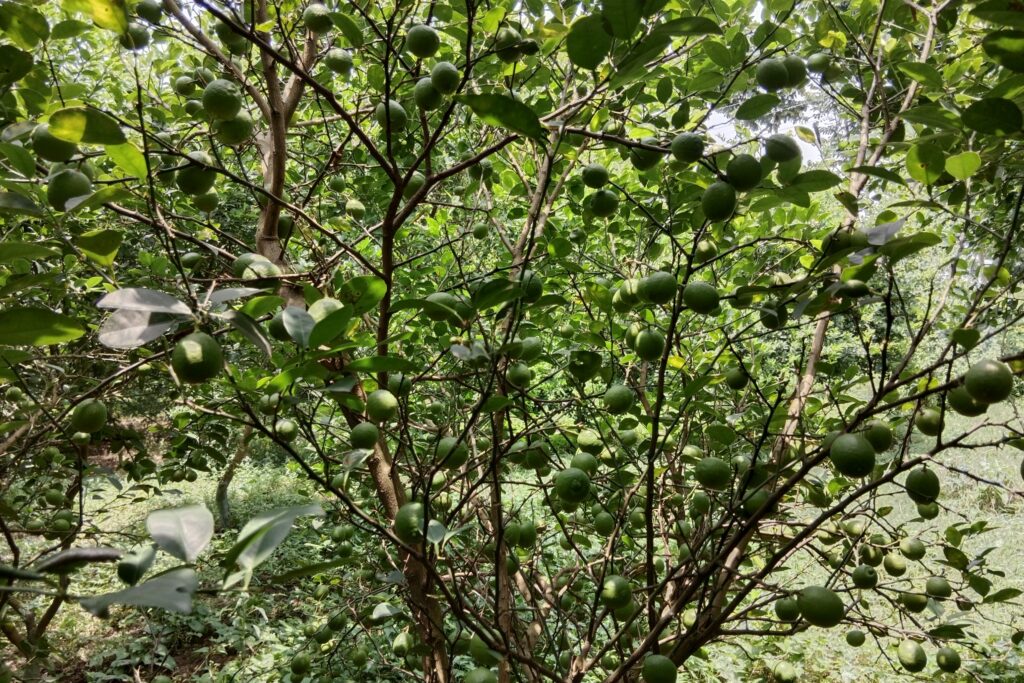Potassium Deficiency in Maize
Potassium (K) is a vital macronutrient necessary for the healthy growth and development of maize, as it plays a central role in numerous physiological and biochemical processes. It supports essential functions like photosynthesis, enzyme activation, water balance, and nutrient movement within the plant. However, potassium deficiency is a common issue in maize farming, often resulting in poor growth, increased susceptibility to stress, and substantial reductions in both yield and crop quality.

To ensure optimal maize production, it is important to understand the causes of potassium deficiency, identify its symptoms, and managing potassium deficiency in maize effectively. This article explores the significance of potassium in maize cultivation, investigates the factors leading to its deficiency, and provides actionable strategies to tackle this pressing concern.
Importance of Potassium in Maize
Potassium (K) is a vital nutrient for maize (corn) plants, playing a critical role in their growth, development, and overall productivity. It is one of the three primary macronutrients, alongside nitrogen and phosphorus, that maize requires in large quantities. Potassium is indispensable for the healthy growth and high productivity of maize. It supports multiple physiological processes, from photosynthesis and nutrient translocation to disease resistance and drought tolerance. Ensuring adequate potassium levels in the soil is crucial for achieving optimal maize yields and quality. Below is an elaboration on the importance of potassium in maize cultivation:

1. Healthy, Green Foliage
In order to keep maize leaves green, a sign of healthy growth, potassium is necessary. The pigment chlorophyll, which is in charge of photosynthesis, is produced with its help. Potassium helps plants convert sunlight into energy by promoting the production of chlorophyll, which is essential for growth and development.
2. Better Root Growth
Potassium promotes the development of strong and extensive root systems in maize. A robust root system allows the plant to:
- Absorb water and nutrients more effectively from the soil.
- Anchor the plant securely, reducing the risk of lodging (falling over).
- Enhance drought tolerance by enabling the plant to access deeper soil moisture during dry periods.
3. Increases yield and quality
Adequate potassium levels are directly correlated with higher maize yields and improved cob quality. Potassium contributes to:
- Increased grain size and weight: This results in higher overall yields.
- Improved starch content: Potassium helps in the formation and translocation of sugars and starches, leading to grains that are richer in starch.
- Enhanced protein content: Potassium plays a role in nitrogen metabolism, which increases the protein content of the plant.
4. Drought Tolerance
Potassium improves the plant’s ability to withstand drought conditions by:
- Regulating the opening and closing of stomata (pores on leaves), which reduces water loss through transpiration.
- Maintaining turgor pressure in plant cells, which prevents wilting and helps the plant retain moisture.
5. Disease and Pest Resistance
Potassium strengthens the plant’s cell walls by promoting the synthesis of cellulose. This makes the plant more resistant to:
- Lodging: Stronger stems reduce the risk of the plant falling over due to wind or heavy rain.
- Diseases and nematodes: Potassium helps retard the spread of fungal, bacterial, and viral diseases, as well as nematode infestations.
6. Enzyme Activation and Metabolic Processes
Potassium is a key activator of at least 60 enzymes involved in various growth processes, including:
- Photosynthesis: Potassium aids in the conversion of sunlight into energy.
- Food formation: It helps in the synthesis of sugars and starches, which are essential for grain development.
- Nutrient translocation: Potassium facilitates the movement of sugars, starches, and other nutrients within the plant.
7. Water Use Efficiency
Potassium helps plants use water more effectively by:
- Improving the plant’s capacity to absorb and hold onto water.
- Reducing water loss through transpiration.
Causes of Potassium Deficiency in Maize
Potassium deficiency in maize is a common issue that can significantly impact plant health, growth, and yield. It occurs when the plant is unable to access sufficient potassium from the soil, either due to low soil potassium levels or factors that hinder its uptake. Below is an elaboration on the key causes of potassium deficiency in maize:

1. Overuse of Nitrogen (N) and Phosphorus (P) Fertilizers
Excessive use of P and N fertilizers can upset the soil’s nutrient balance. High P and N levels can prevent plants from absorbing potassium, resulting in a deficiency. This imbalance frequently happens when farmers only concentrate on P and N without taking potassium requirements into account.
2. Heavy Irrigation
- Overwatering or excessive irrigation can lead to the leaching of potassium from the soil.
- Potassium is a highly soluble nutrient, and heavy irrigation can wash it away from the root zone, making it unavailable to the plant.
- This is particularly common in areas with poor drainage or sandy soils.
3. Removal of Crop Residues
- After harvest, removing crop residues (such as stalks, leaves, and cobs) from the field depletes the soil of potassium.
- Crop residues contain significant amounts of potassium, and their removal prevents the nutrient from being recycled back into the soil.
- Over time, this practice reduces soil potassium levels, leading to deficiencies in subsequent crops.
4. Acidic Soils (Low pH)
- Acidic soils (pH below 6.0) can reduce the availability of potassium to plants.
- In acidic conditions, potassium ions may bind tightly to soil particles or react with other elements, making them less accessible to plant roots.
- Soil acidity also affects microbial activity, which can further limit potassium availability.
5. Sandy or Light Soils
- Sandy or light-textured soils have poor nutrient-holding capacity.
- Potassium is easily leached from these soils due to their low cation exchange capacity (CEC).
- As a result, potassium is often washed away before the plant can absorb it, leading to deficiencies.
6. Drought Conditions
- Drought or insufficient water supply limits the plant’s ability to absorb potassium from the soil.
- Potassium uptake is closely linked to water movement in the soil, and dry conditions restrict this process.
- Even if potassium is present in the soil, the plant may not be able to access it during drought.
7. Heavy Clay Soils
- Certain types of clay soils, such as those rich in illite, can bind potassium tightly within their structure.
- This fixation process makes potassium less available to plants, even if the soil contains adequate amounts of the nutrient.
- The problem is exacerbated in soils with high clay content and poor drainage.
8. Soils with Low Potassium Reserves
- Some soils naturally have low potassium levels due to their parent material or long-term nutrient depletion.
- Continuous cropping without adequate potassium fertilization can exhaust the soil’s potassium reserves over time.
- This is particularly common in intensively farmed areas where soil fertility is not regularly replenished.
9. Magnesium-Rich Soils
- High levels of magnesium in the soil can compete with potassium for uptake by plant roots.
- Magnesium and potassium are chemically similar, and an excess of magnesium can inhibit the plant’s ability to absorb potassium.
- This issue is often observed in soils with imbalanced nutrient ratios or excessive use of magnesium-containing fertilizers.
ALSO READ ABOUT: IDENTIFICATION OF HYMENOPTERA
Symptoms of Potassium Deficiency in Maize
Potassium deficiency in maize can severely affect plant growth, development, and yield. Early identification of deficiency symptoms is crucial for timely intervention and effective management. Below is an elaboration on the key symptoms of potassium deficiency in maize plants:

1.Yellowing (Chlorosis)
Description: The edges and tips of older leaves (lower leaves) turn yellow, a condition known as chlorosis.
Progression: If the deficiency persists, the yellowing may spread inward, and the affected areas may turn brown and dry, leading to necrosis (tissue death).
Reason: Potassium is a mobile nutrient, meaning the plant can relocate it from older leaves to younger, actively growing tissues. As a result, deficiency symptoms first appear in older leaves.
2. Burning of Leaf Margins
Description: The edges of the leaves may appear scorched, burnt, or dried out.
Progression: The burnt appearance starts at the leaf margins and can spread toward the center of the leaf if the deficiency is not corrected.
Reason: Potassium plays a critical role in regulating water movement and maintaining cell turgor. Its deficiency disrupts these processes, leading to water loss and tissue damage.
3. Smaller Cobs
Description: Cobs may be poorly filled, with fewer and smaller kernels.
Reason: Potassium is essential for the translocation of sugars and starches to the developing grains. A deficiency limits this process, resulting in incomplete grain filling and reduced cob size.
4. Delayed Maturity
- Description: Potassium-deficient plants often take longer to reach maturity compared to healthy plants.
- Reason: Potassium is involved in numerous enzymatic and metabolic processes that drive growth and development. Its deficiency slows down these processes, delaying the plant’s overall growth cycle.
5. Shortened Internodes
- Description: The distance between nodes (the points where leaves attach to the stem) may be reduced, leading to a stunted appearance.
- Reason: Potassium is vital for cell elongation and division. Deficiency restricts these processes, resulting in shorter stems and compacted growth.
6. Narrowed and Peaked Cobs
- Description: The cobs of potassium-deficient plants are often narrow and peaked, with poorly filled grains at the tips.
- Reason: Potassium deficiency affects grain development, particularly at the cob tips, where nutrient translocation is less efficient. This results in uneven grain filling and a tapered cob shape.
Why Early Identification is Important
- Potassium deficiency can significantly reduce maize yields and quality if not addressed promptly.
- Early detection allows farmers to take corrective measures, such as applying potassium fertilizers or adjusting irrigation practices, to mitigate the deficiency and prevent further damage.
Management of Potassium Deficiency in maize
To address potassium deficiency in maize, follow these management practices:
1. Foliar Spray Application
Spray 1% Potassium Chloride (KCl) or Potassium Sulfate (K₂SO₄) (10 grams per liter of water) twice, with a 15-day interval between applications. This helps provide an immediate supply of potassium to the plants.
2. Balanced Fertilization
Avoid excessive use of nitrogen and phosphorus fertilizers, as they can reduce potassium uptake. Ensure a balanced nutrient application to maintain soil health.
3. Soil Testing
Regularly test the soil to monitor potassium levels and adjust fertilization practices accordingly.
4. Organic Matter Addition
Compost or manure are examples of organic materials that can be added to soil to improve its structure and increase potassium availability. Along with supporting root development, these components enhance aeration, drainage, and water retention while enriching the soil with nutrients. Manure adds more nutrients and promotes microbial activity for improved nutrient absorption, while compost releases potassium gradually (see above). By binding soil particles, organic matter also improves fertility and lessens erosion. Improved maize growth and yields, balanced nutrients, and sustainable soil health are all ensured by regular application of compost or manure.
5. Proper Irrigation Management
Avoid over-irrigation, which can leach potassium from the soil. Implement efficient water management practices.
6. Crop Rotation
Rotate maize with potassium-rich crops or legumes to replenish soil potassium levels naturally.
7. Use of Potassium-Rich Fertilizers
Apply potassium-rich fertilizers such as Muriate of Potash (MOP) or Sulfate of Potash (SOP) based on soil test recommendations.



Pingback: Understanding and Addressing Nitrogen Deficiency in Maize -